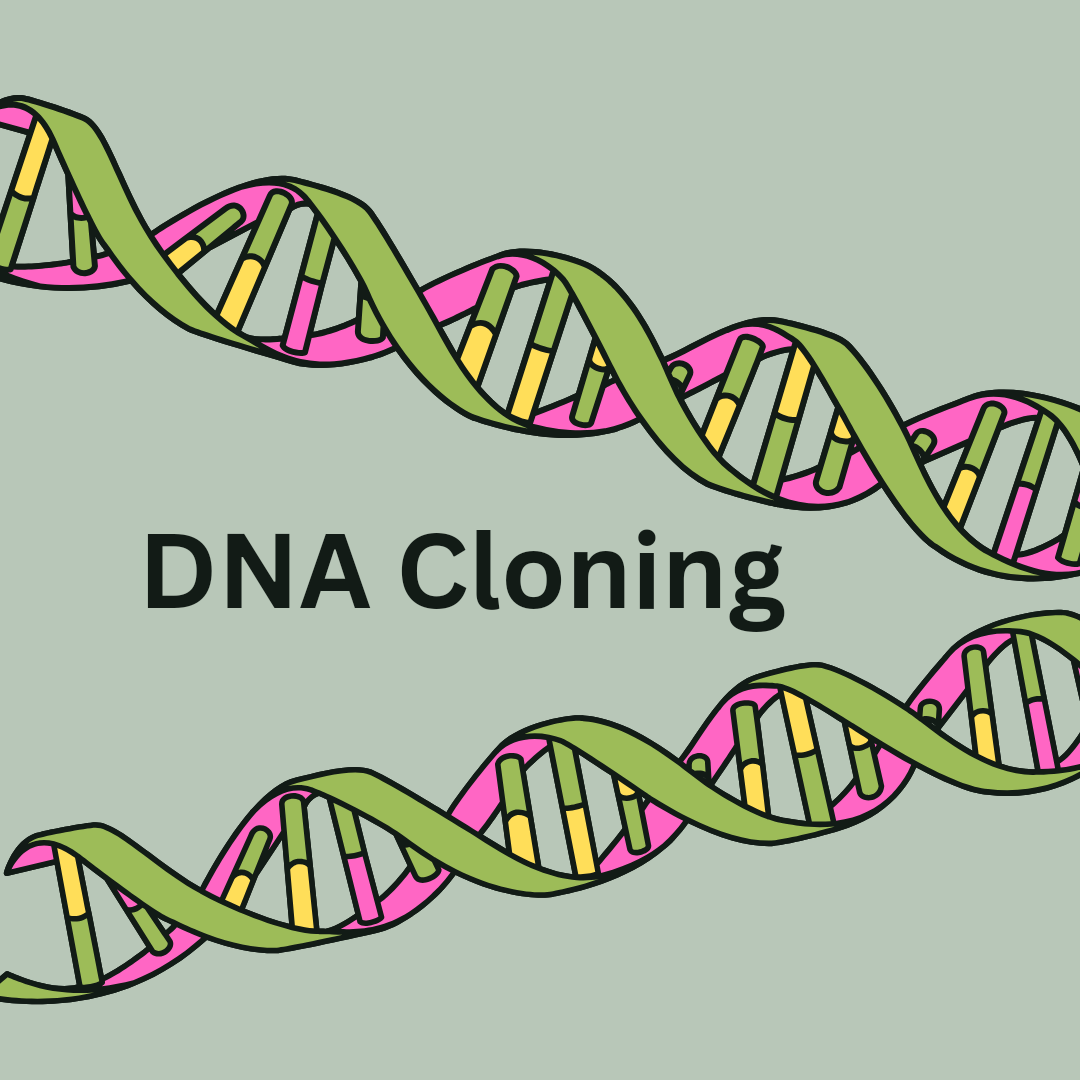Melanin is a wonderful pigment that determines the color of our skin, hair, and eyes. This natural compound not only defines our appearance but also provides essential protection against various environmental factors. Here’s an in-depth look at melanin, its types, functions, and the science behind its formation.
Explore the World with Google Earth
What is Melanin?
Melanin is a complex polymer derived from the amino acid tyrosine. It is produced by specialized cells called melanocytes and is present in the skin, hair, and eyes of humans and animals. Melanin’s primary role is to absorb harmful UV radiation from the sun, thereby protecting our DNA from potential damage.
Fundamentals of the Body Tissues, Understand structure and Function
Types of Melanin
There are three main types of melanin, each contributing to different aspects of pigmentation and protection:
- Eumelanin: This type is responsible for black and brown color in hair, skin, and eyes. Eumelanin is the most common form of melanin and offers substantial UV protection.
- Pheomelanin: Found in red and yellow pigments, pheomelanin provides less UV protection compared to eumelanin. It is primarily present in red hair and fair skin.
- Neuromelanin: This lesser-known type is found in the brain and is believed to play a role in the proper functioning of the nervous system.
How is Melanin Produced?
The production of melanin, known as melanogenesis, occurs in melanocytes. Here’s a step-by-step breakdown of the process:
- Tyrosine Conversion: The enzyme tyrosinase converts the amino acid tyrosine into dopaquinone.
- Polymerization: Dopaquinone undergoes a series of chemical reactions, leading to the formation of melanin polymers.
- Distribution: Melanosomes, the organelles containing melanin, are transferred to keratinocytes in the skin, where they cluster around the nucleus to protect DNA from UV radiation.
Boost Your Content Creation with Remaker AI
The Role of Melanin in Skin Protection
Melanin’s primary function is to absorb and dissipate UV radiation, reducing the risk of skin cancer and other damage. By acting as a natural sunscreen, melanin protects the underlying skin cells and preserves the integrity of our DNA. Individuals with higher melanin levels generally have a lower risk of UV-induced skin damage.
Factors Affecting Melanin Production
Several factors influence melanin production, including genetics, hormones, and exposure to sunlight. Genetic makeup determines baseline melanin levels and the type of melanin produced. Hormonal changes, such as those during pregnancy, can alter melanin production, leading to conditions like melasma. Sun exposure stimulates melanocytes to produce more melanin, resulting in tanning as a protective response.
Melanin and Health Conditions
Variations in melanin production can lead to several health conditions:
- Albinism: A genetic disorder characterized by a lack of melanin production, leading to very light skin, hair, and eyes. Individuals with albinism are highly sensitive to UV radiation.
- Vitiligo: An autoimmune condition where melanocytes are destroyed, causing white patches on the skin.
- Melasma: A condition marked by dark, discolored patches on the skin, often triggered by hormonal changes.
Melanin Beyond Protection
Beyond its protective role, melanin is integral to various physiological processes. For example, neuromelanin in the brain is involved in protecting neurons and is linked to conditions such as Parkinson’s disease when depleted. In the eyes, melanin helps prevent light scattering, enhancing vision clarity.
Conclusion
Melanin is an important pigment with applications beyond beauty. Its defensive effects, role in different physiological systems, and fascinating science behind its manufacturing make it an important contributor to our general health. Understanding melanin allows us to better appreciate the diversity of human pigmentation and the complex ways in which our bodies protect against harmful substances.






